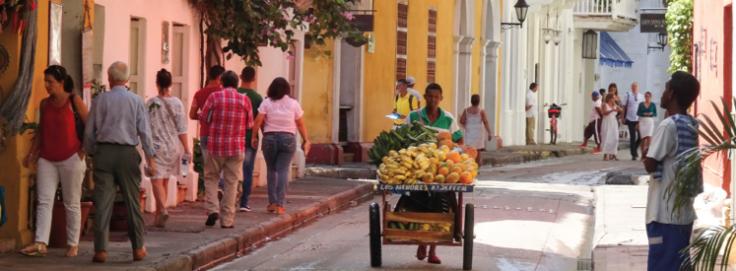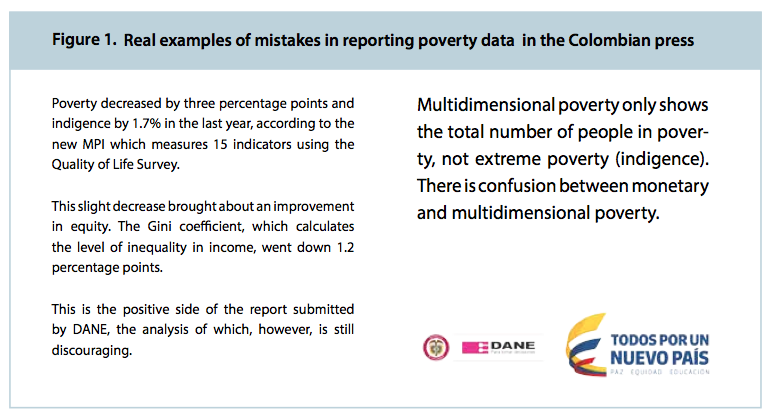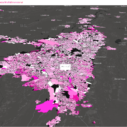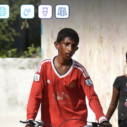
Search
Multi… what? Teaching How to Explain the Differences between Multidimensional and Monetary Poverty

Talking about dimensions, the incidence of poverty, or deprivation cutoffs can be a headache for anyone who is not a specialist. In Colombia, the National Administrative Department of Statistics (DANE) developed a workshop for journalists that explains these concepts in a simple and practical way. This workshop has been run in several countries in the region. Silvia Botello* from DANE gives us more details in this article.
In 2011, Colombia made an important change to the way in which poverty is measured. Together with a review of the methodology to measure monetary poverty, the government introduced a new methodology for measuring poverty – the Multidimensional Poverty Index for Colombia (MPI-C). This new scenario generated an important challenge: how to explain the existence of two poverty figures (monetary and multidimensional) to Colombians. In some cases, people asked why the results were different (in the case of Colombia, monetary poverty is significantly greater than multidimensional poverty); in others, people thought that MPI-C would replace the monetary poverty measure. The consequence of the latter was that Colombians were suspicious of the significant decrease in the number of poor people.
DANE, the institution in charge of measuring and disclosing poverty figures using the two methodologies, addressed this challenge by training media editors and reporters at a workshop on multidimensional poverty entitled ‘The unknown dimension’. The workshop proved a successful tool and has by now been taught for several years in Colombia, as well as in other countries such as Costa Rica, El Salvador, and Panama.
The challenge of communicating the multidimensionality of poverty
The workshop is product of a collaboration between the technicians in charge of applying the methodology, communications officers, and those responsible for promoting statistical culture.
The workshop includes the tools deemed necessary for media professionals to comprehend and disseminate the concepts and results associated with multidimensional poverty. It also includes a discussion of the differences between multidimensional poverty and monetary poverty.
The workshop comprises four stages:
1. Setting Introduction to the workshop, survey of current knowledge about poverty (e.g. about monetary poverty or unsatisfied basic needs), and the formation of working groups.
2. Justification Keynote presentation on the Colombian MPI, including activities to expose participants to the dimensions of the MPI-C and a role-playing exercise in information gathering for the creation of the MPI-C in which attendees play the role of both interviewers and respondents. This activity seeks to create awareness regarding the statistical office’s process of providing and gathering information.
3. Application Attendees are invited to write a press release that uses country-specific information and conforms to specific criteria. The presenter uses real examples taken from the Colombian press that highlight the importance of running this workshop in order to improve and deepen the understanding of the subject (see Figure 1).
4. Synthesis The workshop concluded with a summary that, by means of a graphic representation, outlines the general aspects of the measurement exercise. This activity allows all the pieces of knowledge explored in the workshop to be put together.
General aspects of the measurement exercise in Colombia
*Silvia Esperanza Botello Moncada is the current head of the Poverty Statistics Group within the National Administrative Department of Statistics (DANE) of Colombia. She has a Master’s degree in Economics from Universidad de los Andes and a B.S. in Economics from Universidad Externado, both in Colombia.
**Original in Spanish. Translated by Alicia Holliday, United Nations Volunteer. Revised by Diego Zavaleta and Ann Barham.



















